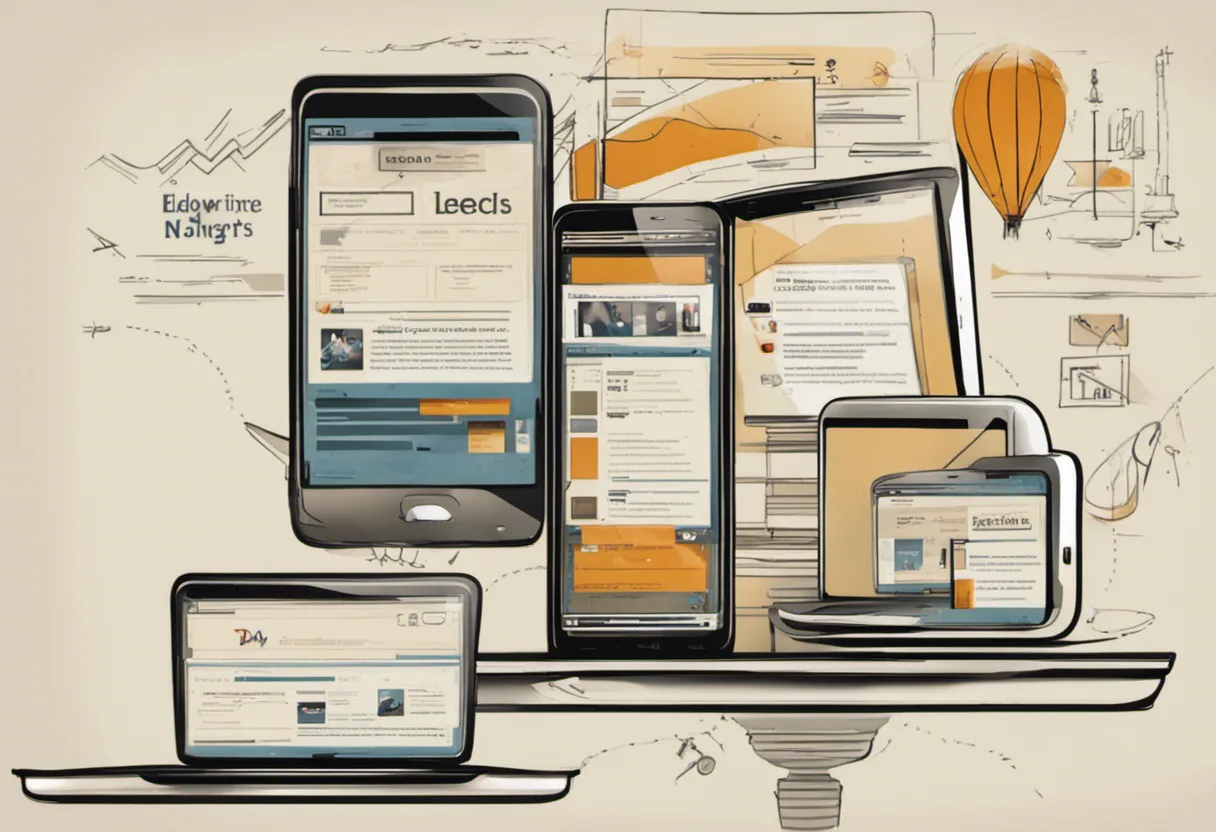Embracing the Era of Responsive Design: Crafting User-Centric Experiences
ekwoster.dev

Embracing the Era of Responsive Design: Crafting User-Centric Experiences
In the digital age, where access to websites and applications spans across a multitude of devices, ensuring a seamless and engaging user experience has become paramount. This is where the concept of Responsive Design emerges as a transformative approach to web development. In this comprehensive article, we will delve into the fundamentals of Responsive Design, exploring its significance, principles, benefits, and implementation strategies.
Understanding Responsive Design
Responsive Design is a design philosophy aimed at creating web experiences that adapt seamlessly to various screen sizes and devices. In essence, it's the art of crafting layouts and interfaces that remain functional and visually appealing regardless of whether they're viewed on a desktop computer, tablet, smartphone, or any other device.
The Significance of Responsive Design
As the digital landscape continues to evolve, users expect consistent and enjoyable experiences across all devices. The rise of mobile devices, ranging from smartphones to tablets, has shifted the focus from traditional desktop browsing to a diverse array of screens. Failing to provide a Responsive Design can lead to frustrated users, high bounce rates, and missed business opportunities.
The Principles of Responsive Design
Responsive Design is rooted in several key principles that drive its implementation:
Fluid Grids: Rather than fixed pixel measurements, layouts are created using relative units like percentages. This allows elements to adapt proportionally to different screen sizes.
Flexible Images: Images are designed to scale automatically based on the available space. This prevents images from appearing too large or too small on different devices.
Media Queries: Media queries enable conditional styling based on screen properties such as width, height, and orientation. This allows developers to tailor the design to specific devices.
Benefits of Responsive Design
Enhanced User Experience
Responsive Design ensures that users can access and navigate a website or application seamlessly across all devices. This consistency enhances user satisfaction and encourages longer engagement.
Improved SEO Performance
Search engines favor Responsive Design because it provides a single URL for content, making it easier to crawl and index. This can lead to better search engine rankings and increased organic traffic.
Cost Efficiency
Developing a single responsive site is often more cost-effective than creating separate versions for desktop and mobile. Maintenance and updates are streamlined, saving time and resources.
Future-Proofing
As new devices with varying screen sizes emerge, a responsive design approach future-proofs your website or application. You won't need to constantly rebuild or redesign to accommodate new devices.
Implementing Responsive Design
Mobile-First Approach
Starting the design process with mobile devices in mind ensures a strong foundation for smaller screens. As you expand the design to larger screens, you can enhance features and layout complexity.
CSS Frameworks
CSS frameworks like Bootstrap and Foundation provide pre-built components and responsive grids. These frameworks can expedite the development process while ensuring a responsive layout.
Testing and Iteration
Testing across a range of devices and screen sizes is crucial. Browser developer tools and online testing tools help identify design flaws and responsiveness issues.
Performance Optimization
Optimize images and reduce unnecessary elements for faster load times on mobile devices. Mobile users are particularly sensitive to page load speeds.
Conclusion
In the ever-evolving digital landscape, where devices and screens come in various sizes and resolutions, embracing Responsive Design is no longer a choice but a necessity. By adhering to its principles, you create web experiences that cater to the diverse needs of users across all devices. The benefits, from enhanced user experience to improved SEO performance, make Responsive Design an invaluable investment in the success of your digital presence.
As you embark on your journey to create responsive and user-centric interfaces, remember that the essence of Responsive Design lies in adaptability. By crafting layouts that seamlessly transition between devices, you ensure that your content reaches users whenever and wherever they are. Embrace the era of Responsive Design, and empower your digital endeavors with the ability to captivate and engage users across the vast spectrum of modern devices.